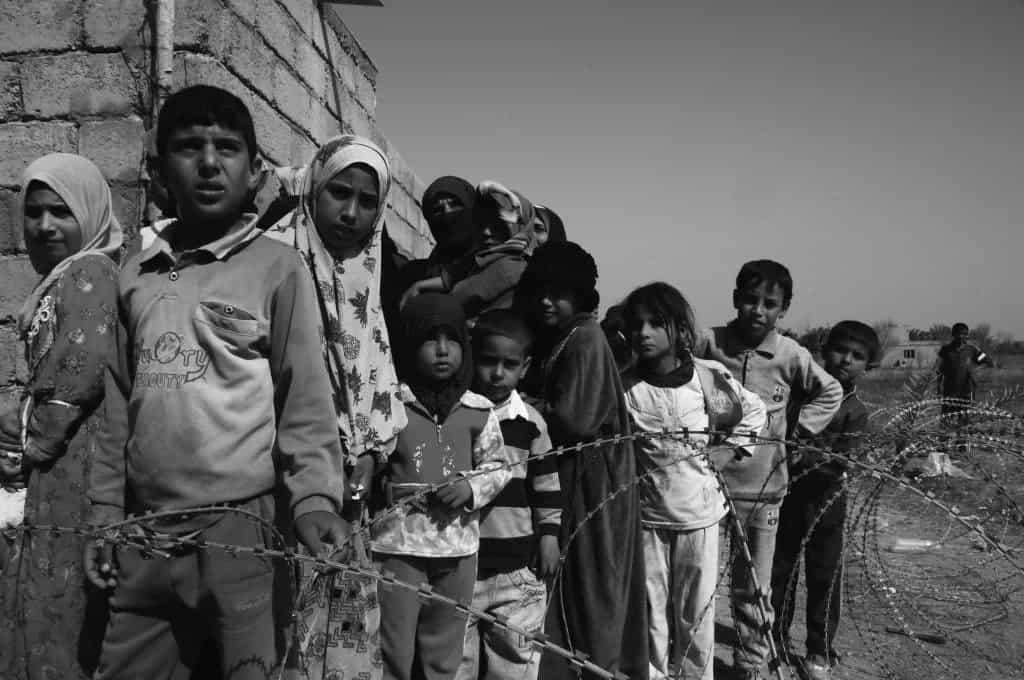Significant progress has been made in curbing poverty at the global level, but the rapid escalation of climate change could force developing regions to take two steps backwards. A World Bank report says as many as 100 million people could be pushed back into poverty by 2030 if no measures are taken, i.e. we go about business as usual.

Drawing the line
It’s easy to spot poverty anywhere in the world, whether it’s indebted residents of trailer parks in Washington, US or the slums of Mumbai, India. However, poverty is defined differently in different parts of the world In the US, the poverty line is drawn at $11,490 of income per year for a one-person household, or just over $30 a day. That, of course, can mean a fortune in lower performing economies like those in sub-Saharan Africa or South-East Asia. For practical purposes, the dire poverty line is set at $1.9 a day of consumption, which is a better indicator than income. This figure is the average for the poverty lines in the 15 poorest countries. The dire poverty line used to be set at $1.25 until earlier this year.
Remarkably, this poverty rate has halved worldwide, from 43% in 1990 to 21% in 2010. The number of people living in extreme poverty is likely to fall for the first time below 10% of the world’s population in 2015, says the World Bank. That’s 702 million people, down from 902 million people or 12.8% of the global population in 2012.
Clearly, we’re on the right track. However, since much of this progress can be attributed to individual economic growth across developing nations (Between 1981 and 2001 China lifted 680m people out of poverty), nations need to pay attention to the potential ravages climate change might cause to their economies. Particularly, Sub-Saharan Africa and South Asia are the most vulnerable in this respect since they lack the necessary resources to adapt and protect themselves from climate change related dangers like increased droughts, floods and heat waves.
In their report, Shock Waves: Managing the Impacts of Climate Change on Poverty, the Wold Bank argues that “crop yield losses could mean that food prices would be 12 percent higher on average in Sub-Saharan Africa.” In these economies, people spend as much as 60% of their income on food so the steep rise will significantly stress their lives.
“This report sends a clear message that ending poverty will not be possible unless we take strong action to reduce the threat of climate change on poor people and dramatically reduce harmful emissions,” said World Bank Group President Jim Yong Kim.
“Climate change hits the poorest the hardest, and our challenge now is to protect tens of millions of people from falling into extreme poverty because of a changing climate,” Yong Kim added.
The report’s authors used data from household surveys made in 92 countries, combined with the most recent climate change model results to assess the kind of impact natural hazards and climate-sensitive diseases might have on food prices, productivity and health.
The most vulnerable sector is agriculture, which in most developing countries in the main driver of the economy. Climate change could cause global crop losses of as much as 5 percent by 2030 and 30 percent by 2080. Health problems is considered the second main driver of poverty, according to the report. Warming of 2-3°C could increase the number of people at risk for malaria by up to 5 percent, or more than 150 million more people affected. Along with malaria, diarrhea would become more prevalent, while water will be more scarce amplifying the damage.
Aside from the grim forecasts, the World Bank report also outlines a couple of success stories. In Kenya, the Hunger Safety Net Program prevented a five percent increase in poverty among beneficiaries following the 2011 drought.
Considering the foreseeable damages at the hand of climate change, the report advises developing nations prepare adaptive measures like dikes and drainage systems and mangrove restoration to deal with flooding, genetically modified crops that are more resistant to droughts, and a shift in land regulations to account for an inevitable rise in sea level. Easier said than done, though. In Sub-Saharan Africa, at least, there are so many armed conflicts and civil unrest (Nigeria, Central African Republic, Uganda’s Lord’s Resistance Army Insugency, Congo’s 20-year-war, Northern Mali Conflict, Somali 25-year-war, South Sudan-Sudan Border Conflict) that it’s virtually impossible that these governments can equip themselves with the necessary infrastructure to provide services to their citizens, let alone adapt to climate change.
In this context, without outside help the forecast of 100 million people pushed back into poverty is a reasonable possibility.



